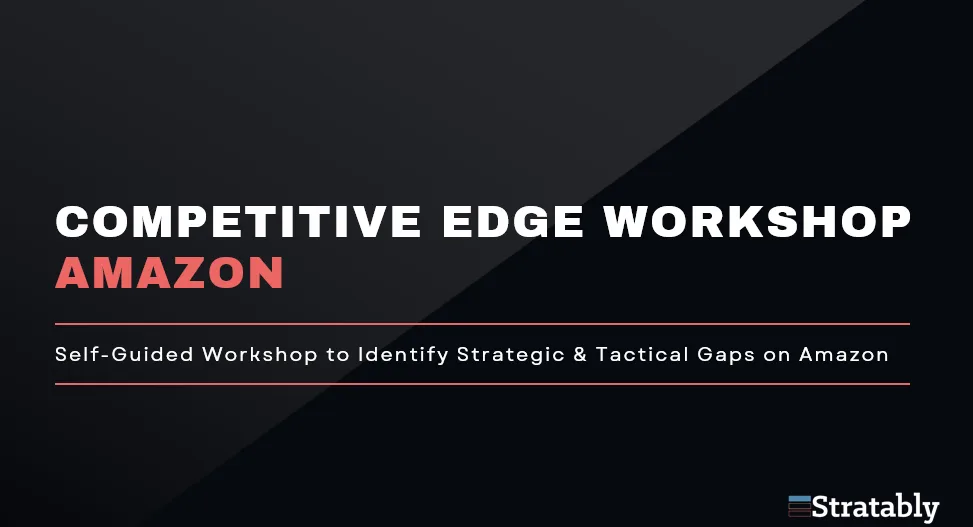May 24, 2023
Stratably hosted Andrew Hamada from Reason Automation to share his perspective on how to build an Amazon data pipeline.
Watch The Recording Here
Amazon provides unprecedented access to a variety of data that can drive decision-making for brands selling on its platform.
But extracting, transforming, storing and presenting that data in a usable way is challenging. Many brands don’t even attempt this because of the potential complexity involved, while others go down the path of securing data but can’t act on the data for lack of resources.
We sat down with Andrew to learn more about this topic, including:
- Amazon data pipeline components
- Build vs. buy trade offs
- ROI framework
Here’s what we found most interesting:
- Start with the end user in mind: The first step in thinking about a data pipeline is who will use the data and how (e.g., what software is used, such as Excel spreadsheets or Tableau). From there, mapping out where the data is stored and what type of transformation is needed to make it usable. Only at that point can you start thinking about extracting the data.
- Day 1 at Amazon: Despite the critiques of Amazon slowing down, it has largely accelerated its pace of innovation around data and measurement. Seller API and Ad API functionality has significantly improved in the last 12 months, Amazon Marketing Cloud is a major innovation, and unlike in the past, Amazon is more often releasing a related API any time it brings new ad innovations to market.
- Where Amazon is heading: Amazon’s expected to continue to broaden dataset accessibility for anything that spins the flywheel (e.g., advertising) and make it more usable (e.g., make AMC easier to use). It has made big tech investments into AMC and thus wants to drive usability of that tool by making it easier to do things like custom queries.
- Another cross-functional example: A wide variety of stakeholders inside consumer brands are likely to be users of an Amazon data pipeline. Often times, a VP of eCommerce, Amazon national account manager, director of operations, head of analytics, or an analyst has a specific, known issue they need to solve when coming to Andrew and his team. From there, multiple functions (perhaps Finance or IT, as examples) are important beneficiaries of the new data capability.
- Investing for growth: The slowdown at Amazon and related layoffs have led many to believe it is retrenching broadly. However, SAAS companies supporting API usage have more access to Amazonians than ever before and in some areas, like B2B, Amazon is adding vendor managers.
- 7 step process: Building a data pipeline only involves the first three steps (Detection, Collection, Transformation) of a seven-step process (Reporting, Diagnosis, Review & Action are the final four steps). In Stratably’s experience, many brands will get access to data but then not have the resources to take action, making the ROI of the original investment challenging. Thus, having a clear picture of the end goal in mind and what total resources are necessary to unlock value is critical.
Watch The Recording Here



